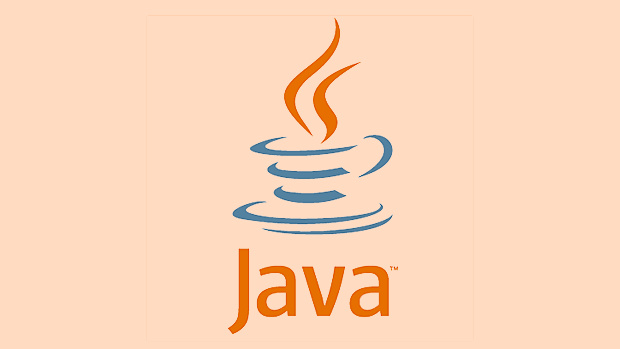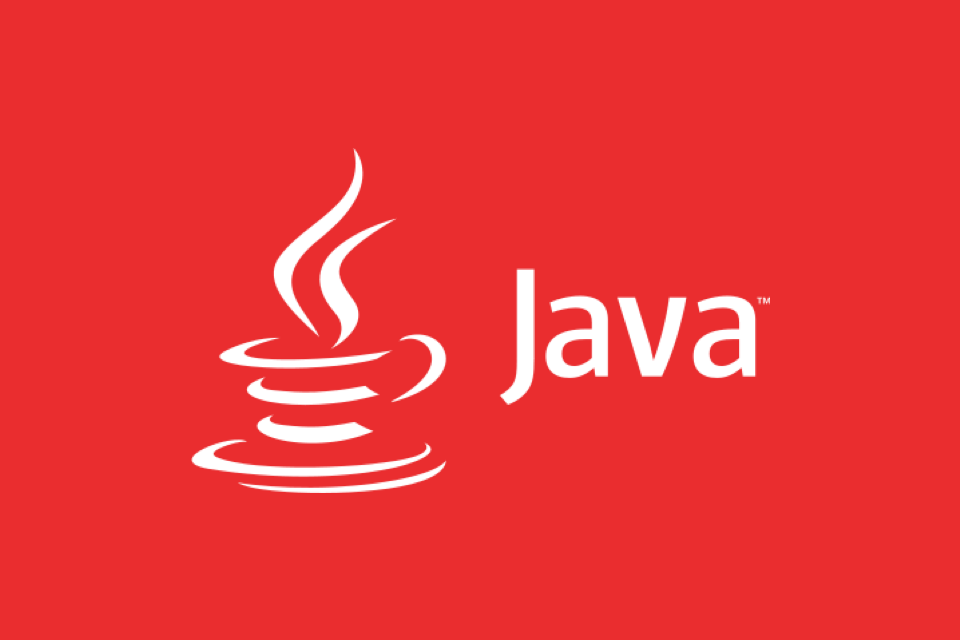Code obfuscation is a technology that makes the code difficult to read by renaming, deleting debugging information, etc. It is mainly used to protect intellectual property rights and improve the difficulty of reverse engineering, but it cannot really prevent attacks. 1. It is suitable for commercial software, prevents APK tampering and reduces application volume; 2. Tools include ProGuard, R8, etc.; 3. When using it, you need to retain the necessary classes/methods, comprehensive tests and save mapping files to analyze crash logs; 4. Confusion should not be regarded as a security mechanism, and sensitive logic should be implemented in combination with server-side processing or JNI to enhance security.

Code Obfuscation is a common practice in Java, especially when publishing commercial software or Android applications. Its main purpose is to make the source code more difficult to understand and reverse engineer, thereby protecting intellectual property rights and sensitive logic. But many people mistakenly believe that confusion can provide a "security barrier", but in fact it is more about delaying rather than blocking attackers.

What is Java code obfuscation?
Simply put, code obfuscation is to make the code unreadable to people by renaming classes, methods, variable names, deleting debug information, inserting meaningless control flows, etc., while keeping the program's functions unchanged. Tools such as ProGuard, R8, Allatori, etc. can all complete this task.
Confusion is not encryption and should not be considered a security mechanism. Its role is to increase reverse costs, rather than really preventing the code from being analyzed.

The illusion of security caused by confusion
Many people think that using ProGuard is "safe", but in fact it is not. Obfuscation does make decompiled code difficult to read, but it doesn't prevent the following behavior:
- Restore the general logic using JD-GUI, CFR, Procyon and other decompilation tools
- Hook runtime code (such as through Xposed framework)
- Extract API keys and encryption algorithm flow (if written on the client)
If you hardcode sensitive data (such as API Key) in your code, even if it is confused, it may be extracted. An attacker simply needs to run your program and monitor memory or network requests.

What are the situations suitable for confusion?
If you are developing a Java application released to the public (especially Android App), it is recommended to enable obfuscation. Here are a few typical scenarios:
- Business software: Protect core business logic from being easily copied
- Prevent tampering: Increase the cost of repackaging after modifying APK
- Reduce size: Many obfuscation tools can also compress code and resources to improve performance
For some key logic, such as payment verification, authorization inspection, etc., local C/C implementation (JNI method) can be combined with the local C/C implementation (JNI method) to further enhance security.
Notes in obfuscating configuration
Although confusion is useful, if not used properly, it will affect the stability of the program. Here are some FAQs and suggestions:
- ?Retain necessary classes/methods : such as serialization classes and reflective calls, which cannot be confused, otherwise an error will be reported during runtime.
- ? Testing needs to be comprehensive : After obfuscating, you must run the complete test to ensure that there are no problems caused by name changes.
- ?Logs and exception stacks become difficult to read : The crash log after going online will display the obfuscated class name, and the mapping file (mapping.txt) needs to be retained for back-pushing the original stack.
For example, you may need to add rules like this:
-keep class com.example.payment.** { *; }This ensures that the payment module will not be confused.
Let's summarize
Obfuscation is a practical but limited tool in Java projects. It can improve the protection of the code, but should not be regarded as the only line of defense. True security needs to start with architectural design, such as placing sensitive logic on the server side, using signature verification, dynamic loading and other means to cooperate.
Basically, that's all. It's a plus if you use it well, and relying on it is dangerous.
The above is the detailed content of Java Code Obfuscation and Security Implications. For more information, please follow other related articles on the PHP Chinese website!

Hot AI Tools

Undress AI Tool
Undress images for free

Undresser.AI Undress
AI-powered app for creating realistic nude photos

AI Clothes Remover
Online AI tool for removing clothes from photos.

Clothoff.io
AI clothes remover

Video Face Swap
Swap faces in any video effortlessly with our completely free AI face swap tool!

Hot Article

Hot Tools

Notepad++7.3.1
Easy-to-use and free code editor

SublimeText3 Chinese version
Chinese version, very easy to use

Zend Studio 13.0.1
Powerful PHP integrated development environment

Dreamweaver CS6
Visual web development tools

SublimeText3 Mac version
God-level code editing software (SublimeText3)
 Asynchronous Programming Techniques in Modern Java
Jul 07, 2025 am 02:24 AM
Asynchronous Programming Techniques in Modern Java
Jul 07, 2025 am 02:24 AM
Java supports asynchronous programming including the use of CompletableFuture, responsive streams (such as ProjectReactor), and virtual threads in Java19. 1.CompletableFuture improves code readability and maintenance through chain calls, and supports task orchestration and exception handling; 2. ProjectReactor provides Mono and Flux types to implement responsive programming, with backpressure mechanism and rich operators; 3. Virtual threads reduce concurrency costs, are suitable for I/O-intensive tasks, and are lighter and easier to expand than traditional platform threads. Each method has applicable scenarios, and appropriate tools should be selected according to your needs and mixed models should be avoided to maintain simplicity
 Best Practices for Using Enums in Java
Jul 07, 2025 am 02:35 AM
Best Practices for Using Enums in Java
Jul 07, 2025 am 02:35 AM
In Java, enums are suitable for representing fixed constant sets. Best practices include: 1. Use enum to represent fixed state or options to improve type safety and readability; 2. Add properties and methods to enums to enhance flexibility, such as defining fields, constructors, helper methods, etc.; 3. Use EnumMap and EnumSet to improve performance and type safety because they are more efficient based on arrays; 4. Avoid abuse of enums, such as dynamic values, frequent changes or complex logic scenarios, which should be replaced by other methods. Correct use of enum can improve code quality and reduce errors, but you need to pay attention to its applicable boundaries.
 Understanding Java NIO and Its Advantages
Jul 08, 2025 am 02:55 AM
Understanding Java NIO and Its Advantages
Jul 08, 2025 am 02:55 AM
JavaNIO is a new IOAPI introduced by Java 1.4. 1) is aimed at buffers and channels, 2) contains Buffer, Channel and Selector core components, 3) supports non-blocking mode, and 4) handles concurrent connections more efficiently than traditional IO. Its advantages are reflected in: 1) Non-blocking IO reduces thread overhead, 2) Buffer improves data transmission efficiency, 3) Selector realizes multiplexing, and 4) Memory mapping speeds up file reading and writing. Note when using: 1) The flip/clear operation of the Buffer is easy to be confused, 2) Incomplete data needs to be processed manually without blocking, 3) Selector registration must be canceled in time, 4) NIO is not suitable for all scenarios.
 How Java ClassLoaders Work Internally
Jul 06, 2025 am 02:53 AM
How Java ClassLoaders Work Internally
Jul 06, 2025 am 02:53 AM
Java's class loading mechanism is implemented through ClassLoader, and its core workflow is divided into three stages: loading, linking and initialization. During the loading phase, ClassLoader dynamically reads the bytecode of the class and creates Class objects; links include verifying the correctness of the class, allocating memory to static variables, and parsing symbol references; initialization performs static code blocks and static variable assignments. Class loading adopts the parent delegation model, and prioritizes the parent class loader to find classes, and try Bootstrap, Extension, and ApplicationClassLoader in turn to ensure that the core class library is safe and avoids duplicate loading. Developers can customize ClassLoader, such as URLClassL
 Handling Common Java Exceptions Effectively
Jul 05, 2025 am 02:35 AM
Handling Common Java Exceptions Effectively
Jul 05, 2025 am 02:35 AM
The key to Java exception handling is to distinguish between checked and unchecked exceptions and use try-catch, finally and logging reasonably. 1. Checked exceptions such as IOException need to be forced to handle, which is suitable for expected external problems; 2. Unchecked exceptions such as NullPointerException are usually caused by program logic errors and are runtime errors; 3. When catching exceptions, they should be specific and clear to avoid general capture of Exception; 4. It is recommended to use try-with-resources to automatically close resources to reduce manual cleaning of code; 5. In exception handling, detailed information should be recorded in combination with log frameworks to facilitate later
 How does a HashMap work internally in Java?
Jul 15, 2025 am 03:10 AM
How does a HashMap work internally in Java?
Jul 15, 2025 am 03:10 AM
HashMap implements key-value pair storage through hash tables in Java, and its core lies in quickly positioning data locations. 1. First use the hashCode() method of the key to generate a hash value and convert it into an array index through bit operations; 2. Different objects may generate the same hash value, resulting in conflicts. At this time, the node is mounted in the form of a linked list. After JDK8, the linked list is too long (default length 8) and it will be converted to a red and black tree to improve efficiency; 3. When using a custom class as a key, the equals() and hashCode() methods must be rewritten; 4. HashMap dynamically expands capacity. When the number of elements exceeds the capacity and multiplies by the load factor (default 0.75), expand and rehash; 5. HashMap is not thread-safe, and Concu should be used in multithreaded
 Explained: Java Polymorphism in Object-Oriented Programming
Jul 05, 2025 am 02:52 AM
Explained: Java Polymorphism in Object-Oriented Programming
Jul 05, 2025 am 02:52 AM
Polymorphism is one of the core features of Java object-oriented programming. Its core lies in "one interface, multiple implementations". It implements a unified interface to handle the behavior of different objects through inheritance, method rewriting and upward transformation. 1. Polymorphism allows the parent class to refer to subclass objects, and the corresponding methods are called according to the actual object during runtime; 2. The implementation needs to meet the three conditions of inheritance relationship, method rewriting and upward transformation; 3. It is often used to uniformly handle different subclass objects, collection storage and framework design; 4. When used, only the methods defined by the parent class can be called. New methods added to subclasses need to be transformed downward and accessed, and pay attention to type safety.
 Effective Use of Java Enums and Best Practices
Jul 07, 2025 am 02:43 AM
Effective Use of Java Enums and Best Practices
Jul 07, 2025 am 02:43 AM
Java enumerations not only represent constants, but can also encapsulate behavior, carry data, and implement interfaces. 1. Enumeration is a class used to define fixed instances, such as week and state, which is safer than strings or integers; 2. It can carry data and methods, such as passing values ??through constructors and providing access methods; 3. It can use switch to handle different logics, with clear structure; 4. It can implement interfaces or abstract methods to make differentiated behaviors of different enumeration values; 5. Pay attention to avoid abuse, hard-code comparison, dependence on ordinal values, and reasonably naming and serialization.






